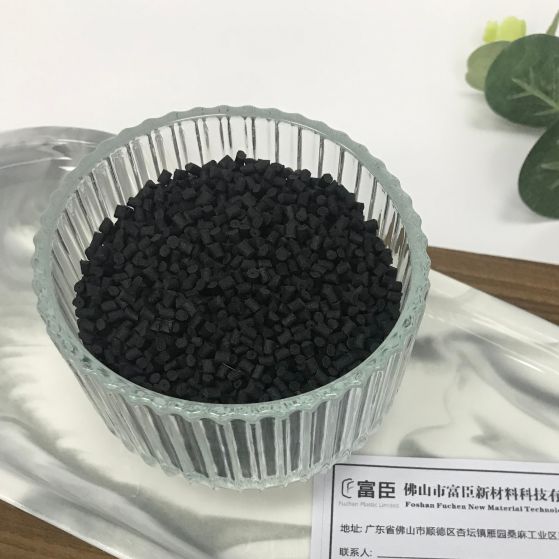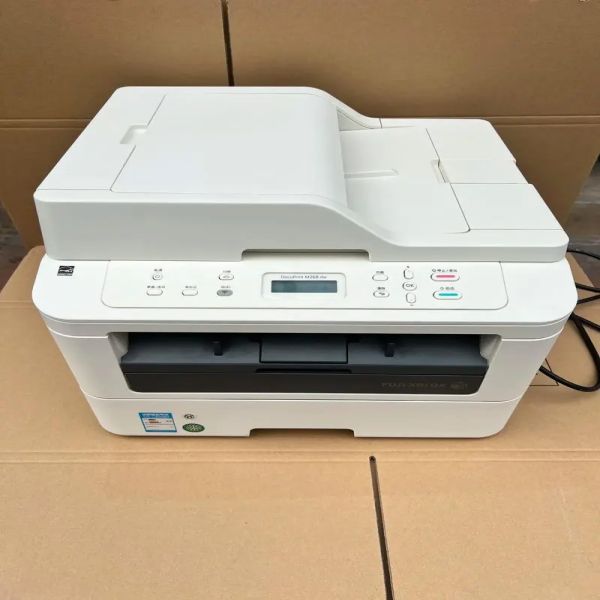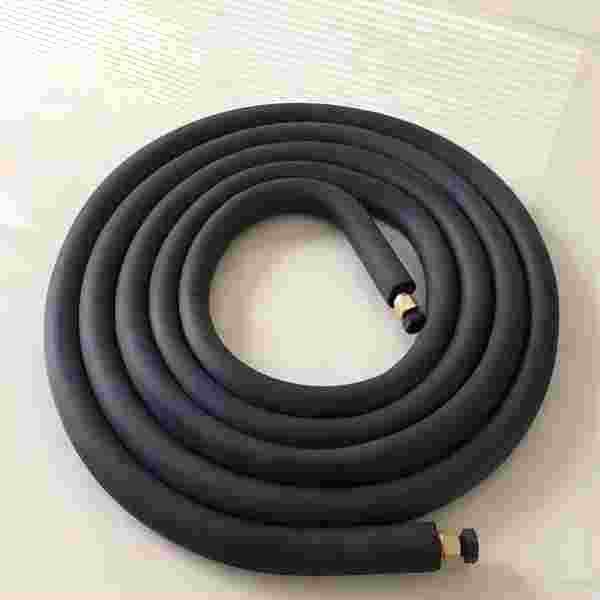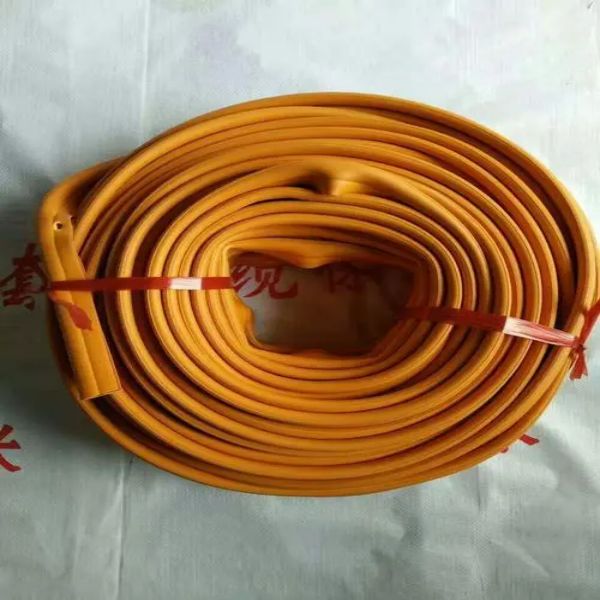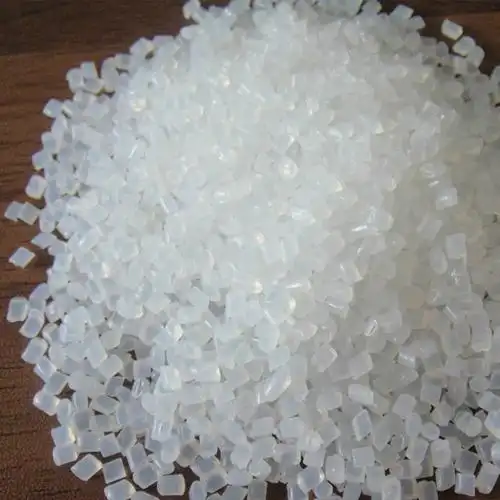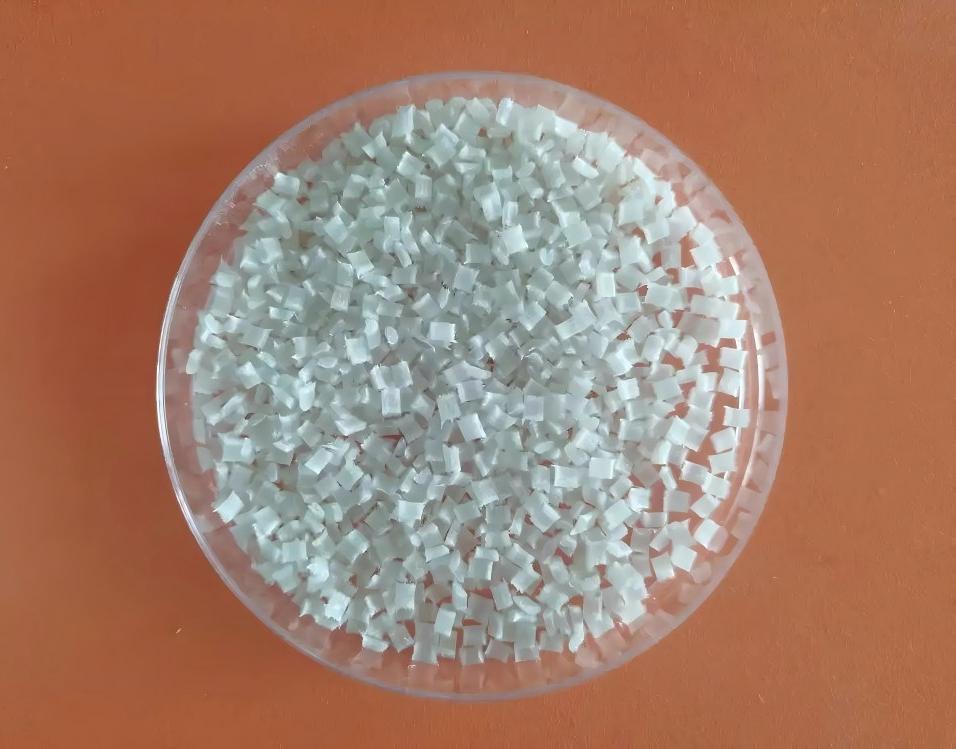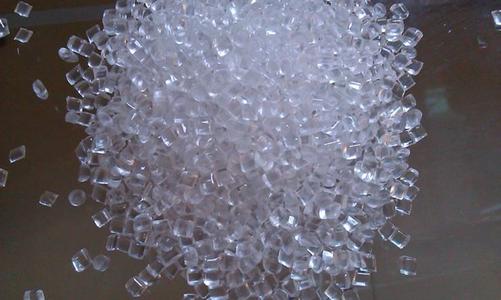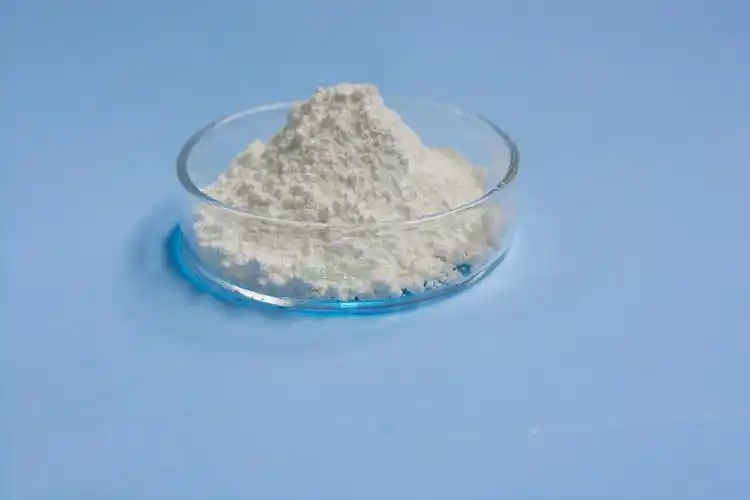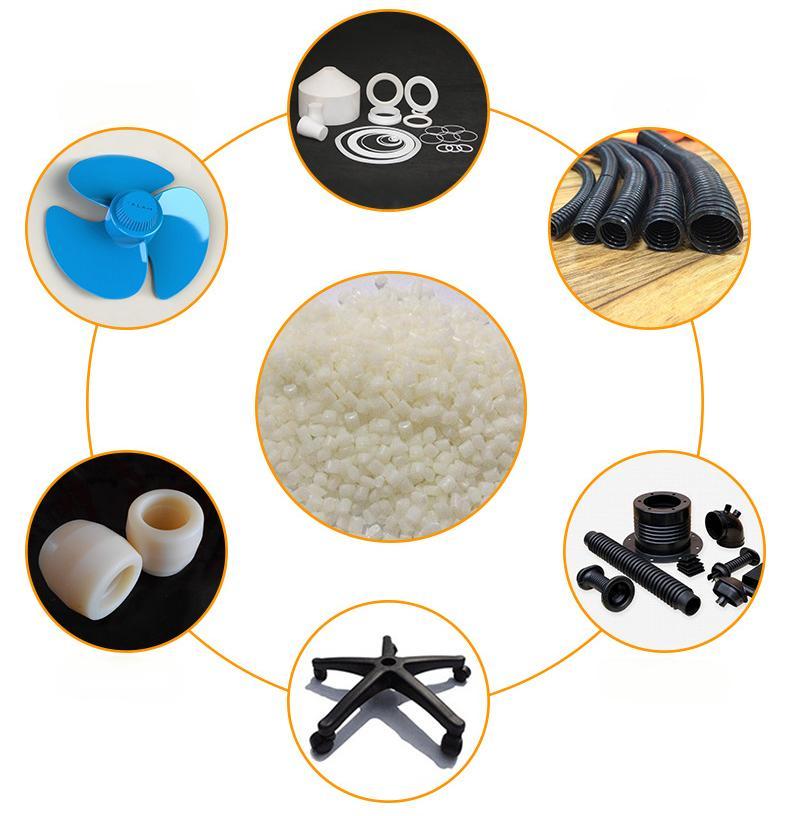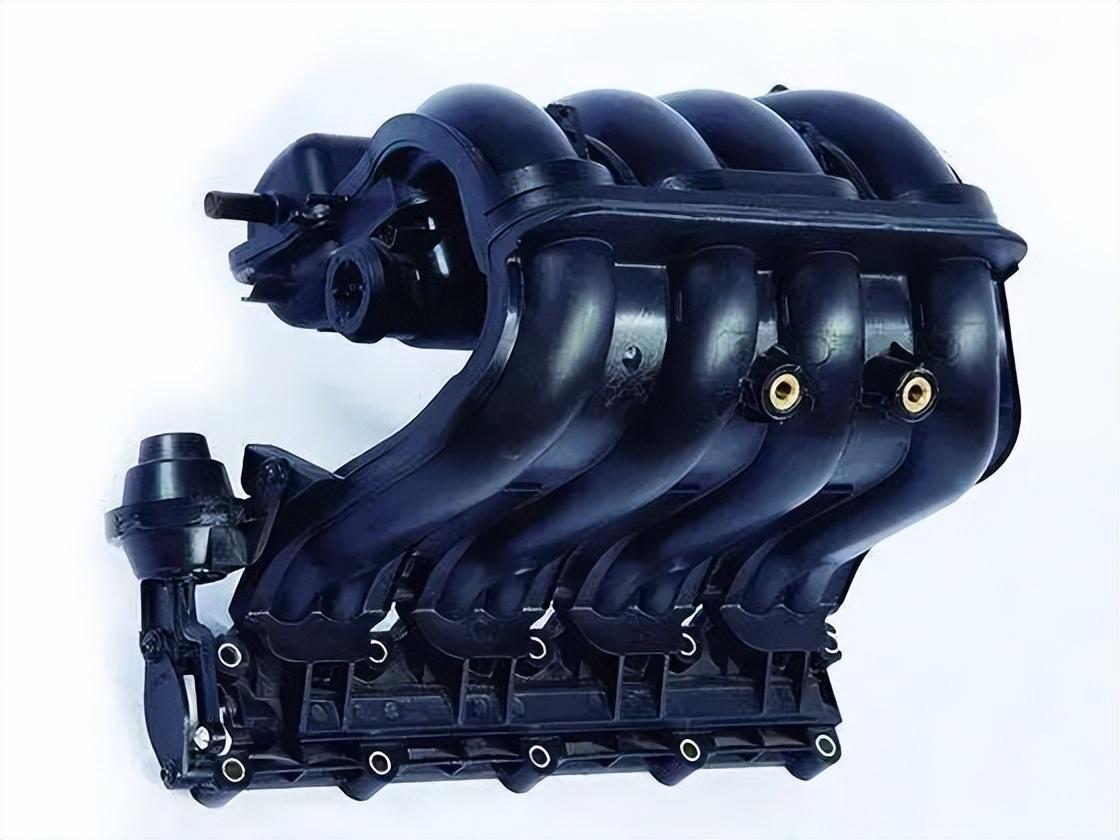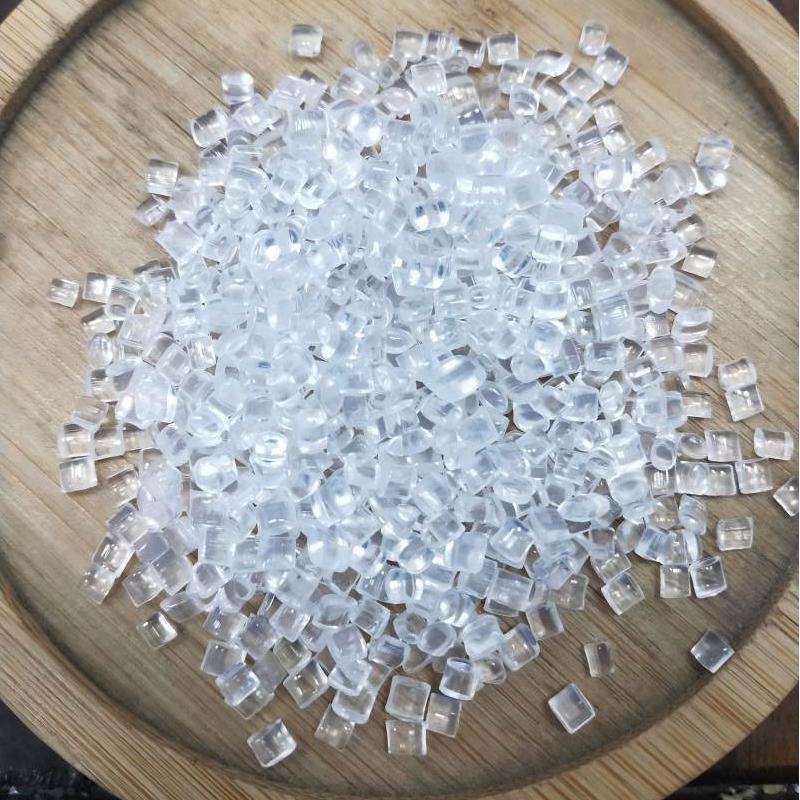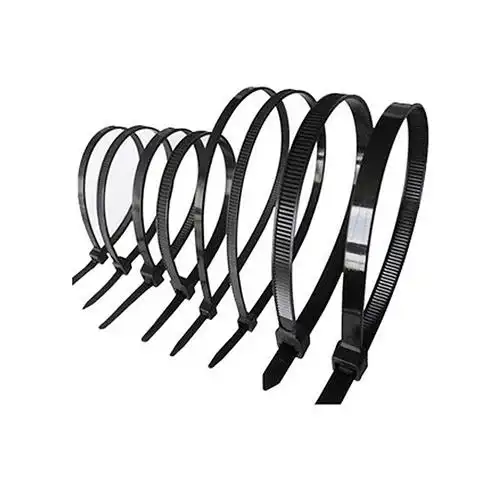Breif Introduction of PA12 GF25
Fiberglass-reinforced PA12 GF25: A Superior Material for Diverse Applications
PA12 GF25, a composite material made by incorporating glass fibers into the base PA12 plastic, offers a remarkable combination of desirable properties:
High Heat Resistance: PA12 GF25 withstands elevated temperatures without compromising its integrity.
Exceptional Dimensional Stability: This material maintains its shape and dimensions remarkably well under varying conditions.
Superior Toughness: PA12 GF25 exhibits outstanding resistance to breakage and deformation.
Excellent Electrical Insulation: It effectively prevents the flow of electrical current, making it suitable for electrical applications.
Enhanced Corrosion Resistance: PA12 GF25 stands up well against corrosive substances, ensuring long-lasting performance.
High Mechanical Strength: PA12 GF25 boasts impressive strength, making it ideal for structural components.
The inferior adhesion of paint to nylon surfaces is often attributed to the low surface energy and high crystallinity of nylon. This results in poor wetting of the paint on the nylon substrate, leading to adhesion issues and potential paint delamination during various tests. The addition of glass fibers or carbon fibers to nylon further complicates adhesion due to their non-polar nature and low surface energy.
Key Properties of PA12 GF25:
Low Density: Lightweight for efficient use of materials.
Low Melting Point: Easier processing and fabrication.
High Decomposition Temperature: Resists thermal degradation at elevated temperatures.
Low Water Absorption: Maintains dimensional stability in humid environments.
Excellent Low-Temperature Performance: Retains properties even in cold conditions.
Effective Noise Reduction: Dampens vibrations and reduces noise levels.
PA12 GF25 proves to be an exceptional material choice for a wide spectrum of applications, offering a combination of desirable properties that make it a valuable asset in various industries.

